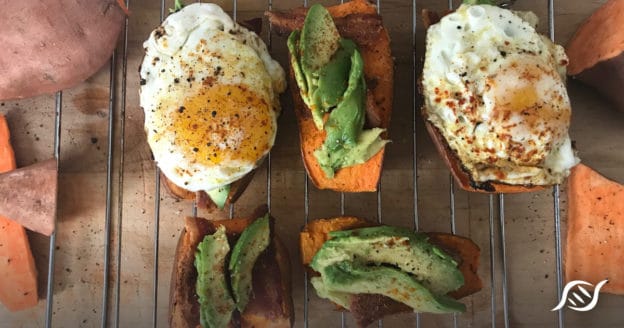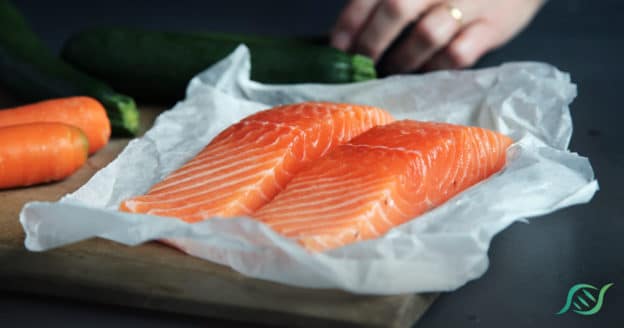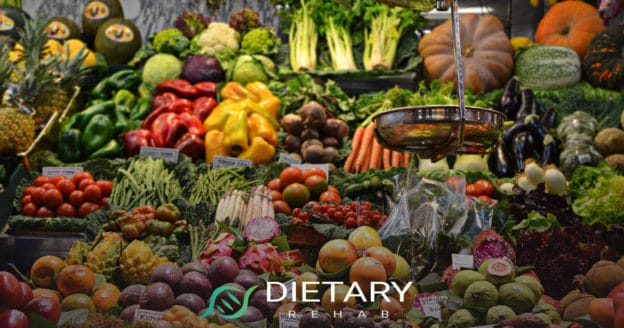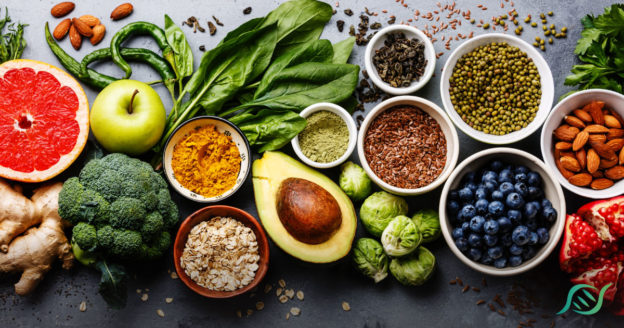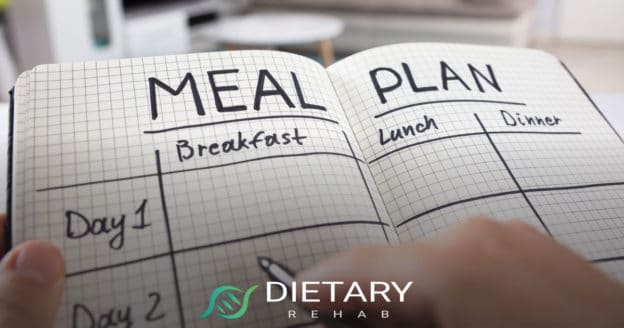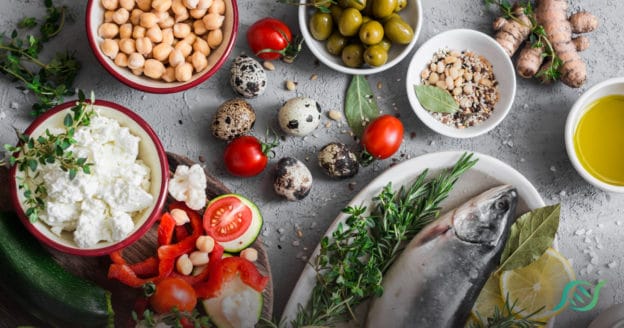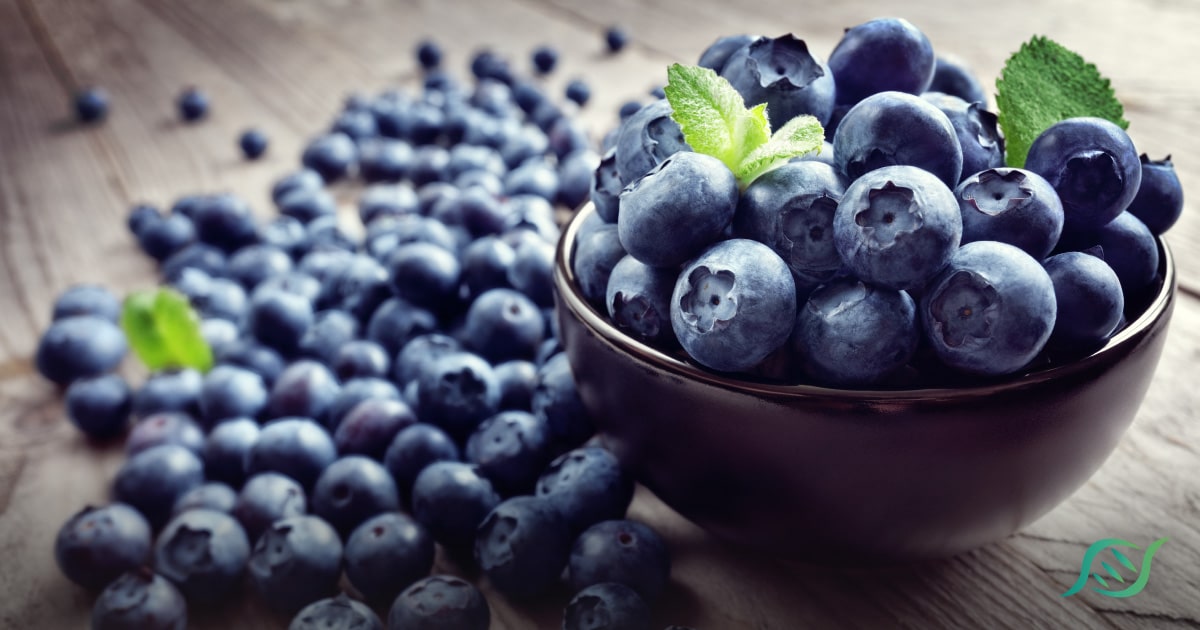
Looking at the health benefits, blueberries seem to be the perfect food. Considered a superfood because they’re rich in antioxidants, high in fiber, vitamin C and vitamin K, as well as Manganese, these little darlings pack quite a nutritional punch! And the health benefits are equally as awesome.
Antioxidant Rich
Blueberries, whether fresh, frozen, dried or as juice, have as many antioxidants as five servings of other fruits and vegetables! We all know that antioxidants neutralize free radicals and the damage they cause to our bodies. Eating blueberries every day can help stop cellular structure damage, DNA damage, early aging, and various types of cancer. The antioxidants in blueberries also have anti-inflammatory properties. Because of the high antioxidant content, blueberries can help fight chronic inflammatory diseases including arthritis, atherosclerosis, Alzheimer’s, and even cancer.
Neuro-Protective Agent
Adding blueberries to your diet protects your brain from degeneration and neurotoxicity as well as oxidative stress, by slowing down the damage to the brain cells caused by aging. This decreases your risk of dementia, Parkinson’s Disease and Alzheimer’s. Putting blueberries in the daily diet, helps build dopamine, an essential neurotransmitter, in your body. Dopamine enables your body to perform smooth, controlled movements as well as maintaining an efficient memory, good attention span and problem-solving functions.
Cancer Prevention
Clinical studies have shown that gallic acid rich foods like blueberries can kill cancer without harming healthy cells, unlike chemotherapy or radiation therapies. And because they also contain folate, which assists in DNA repair and synthesis, blueberries prevent cancer cells from forming and mutating DNA strands. Some newer studies even show that the antioxidants in blueberries even promote the death of cancer cells.
Eye and Skin Health
Those antioxidants are also working on your eyes, preventing the age related problems like macular degeneration, cataracts and myopia.
Because of special antioxidant compounds called carotenoids, flavonoids and other compounds, even things like hyperopia and retinal infections and sun damage can be prevented or reduced.
Your skin’s collagen relies on vitamin C, a powerful antioxidant, in order to prevent damage caused by sun, pollution and smoke. Vitamin C also supports collagen’s ability to smooth out wrinkles and improve skin texture.
Digestive Aid
Fiber rich blueberries have both soluble and insoluble fiber which can help maintain a healthy digestive track, relieving both diarrhea and constipation. Wild blueberries have pre-biotic potential which promotes probiotic bacteria in the colon, aiding digestive health. There is a good chance they can help cure Irritable Bowel Syndrome (IBS) and Crohn’s Disease. Blueberries can also alleviate symptoms such as bleeding and pain caused by ulcerative colitis. One of the antioxidant compounds, pterostilbene, inhibits genes that cause inflammation, thought to be a risk factor for colon cancer.
Heart Health
Higher daily intake of blueberries has been shown to reduce the risk of developing hypertension by up to 8%. Research shows that, by eating blueberries and drinking raw blueberry juice, total and low density LDL cholesterol can also be reduced by up to 12% and 15% respectively and could help prevent heart disease. The blueberry, with its vitamin C and B6 as well as fiber, potassium, folate, and phytonutrient content, vigorously supports heart health. There is also a study, published in the journal, Circulation, stating that blueberries, eaten together with strawberries, may reduce your risk of heart disease by up to 33%.
Healthy Weight Loss
Since blueberries are high in dietary fiber, low in calories and low on the glycemic index, these blue marvels aid in weight loss. Dietary fiber is a bulking agent in the digestive track and gives that full feeling for longer, thereby reducing overall caloric intake. Snacking on blueberries, with their high fiber content will give you that full feeling and reduce your appetite. They also have the ability to block enzymes in your intestines that block carbohydrate absorption. Blueberry flavonoids, once absorbed, aid the body’s weight management by slowing the rate in which fat cells develop and multiply a well as decreasing the amount of fat that is stored in each cell.
Other Health Benefits
Blueberries can also treat urinary tract infections. They have a compound of large polymer-like molecules which inhibit the growth of E. coli bacteria. This compound is only found in cranberries and blueberries. Your immune system can also be boosted with these blue marvels because of the antioxidants in them. The flavonoid rich wild blueberry is a mood enhancer and can act as an effective antidepressant. Because of the low glycemic index of blueberries, they can be helpful with Type 2 Diabetes. They have a positive impact on sugar regulation and can also help people with Metabolic Syndrome and insulin resistance, including lowering blood pressure. Higher intake of blueberries has been shown to decrease the development of Type 2 Diabetes in people who have Metabolic Syndrome by up to 23%.
Eating Healthy
Living longer, healthier and looking younger are the ideals we all strive for. Blueberries and raw blueberry juice is definitely a good addition to the healthy lifestyle we all want and want to keep. The best blueberries are organic and fresh. However, you can freeze them, dry them, juice them, save them, bake with them, do all kinds of things with them. They are a very versatile and forgiving fruit, in that they do not lose any nutritional value freezing or drying them. So, eat a handful a day and don’t forget to follow our blog to eat healthy, live healthy (and longer) and be happy.

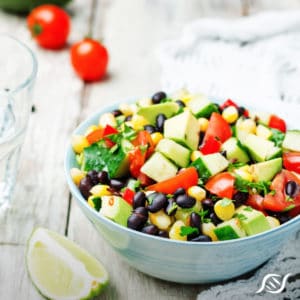

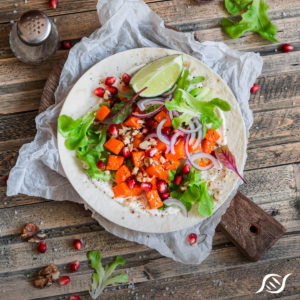 A yummy high fiber alternative to those egg sandwiches! These can be made ahead of time and frozen. Just reheat in the toaster oven or microwave and go!
A yummy high fiber alternative to those egg sandwiches! These can be made ahead of time and frozen. Just reheat in the toaster oven or microwave and go!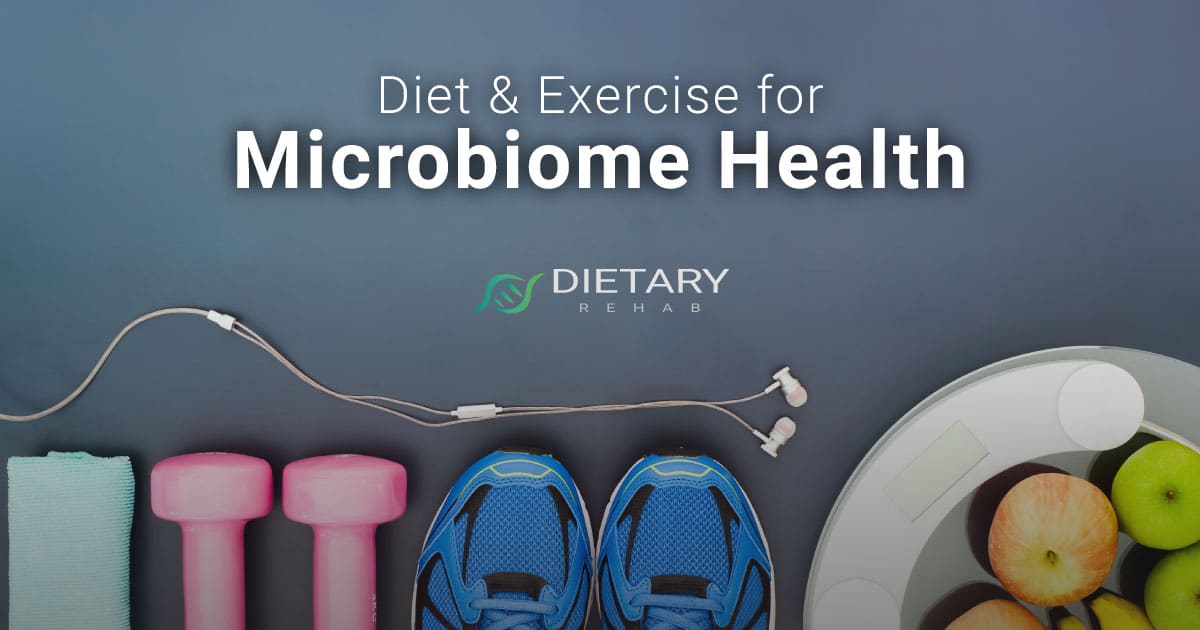
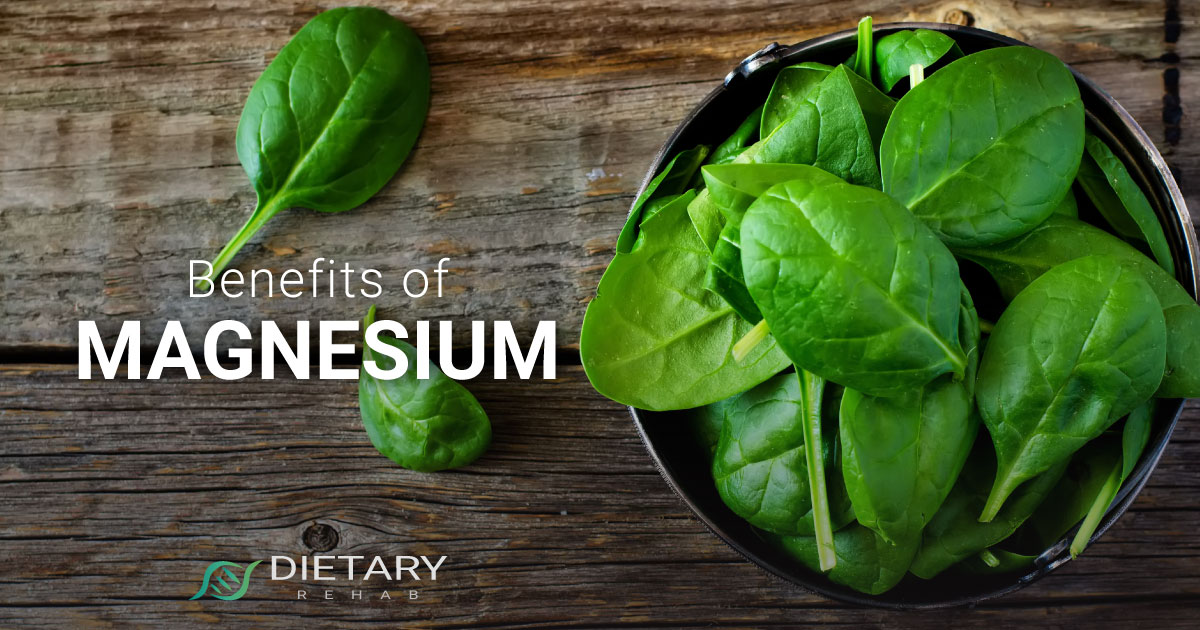
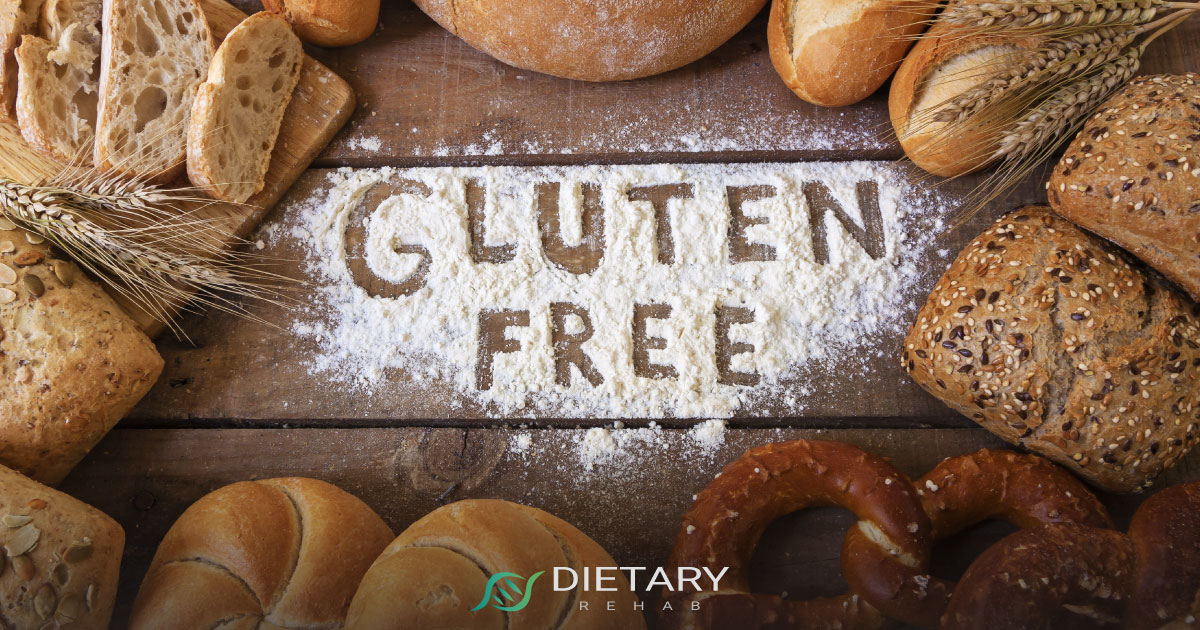
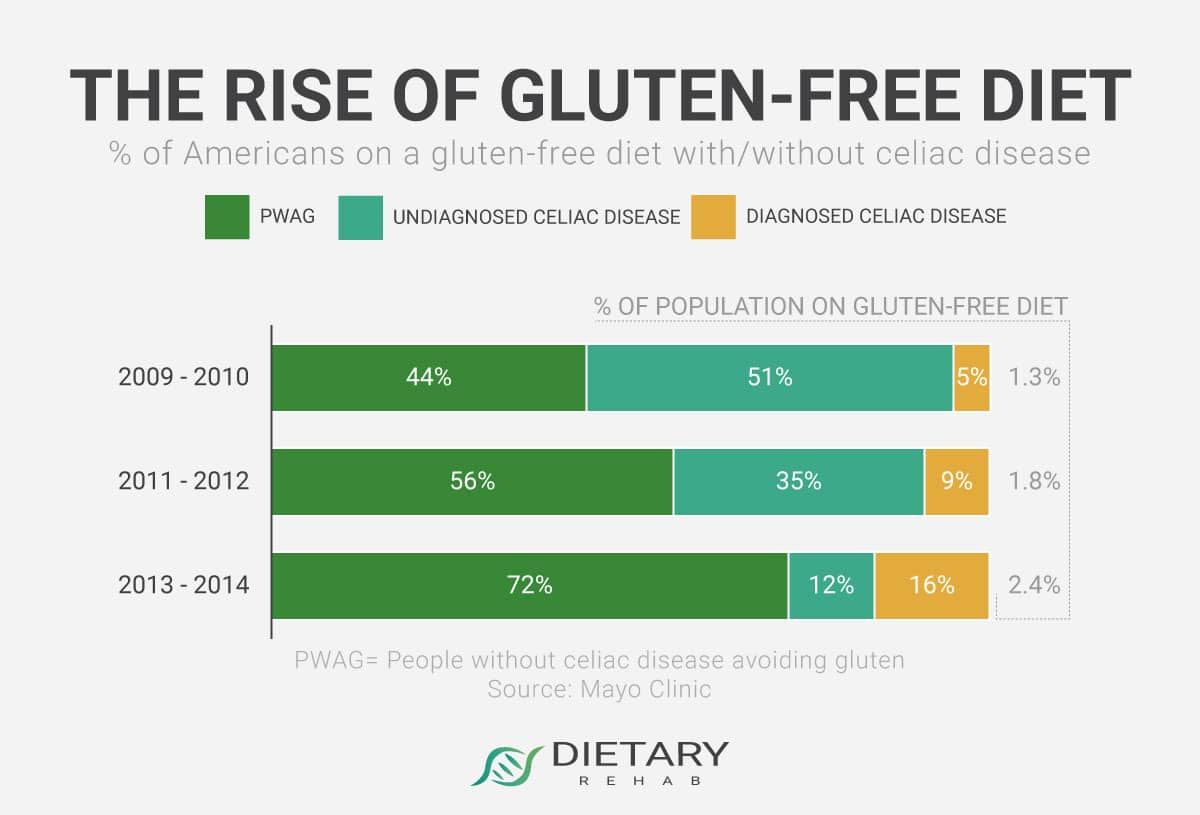
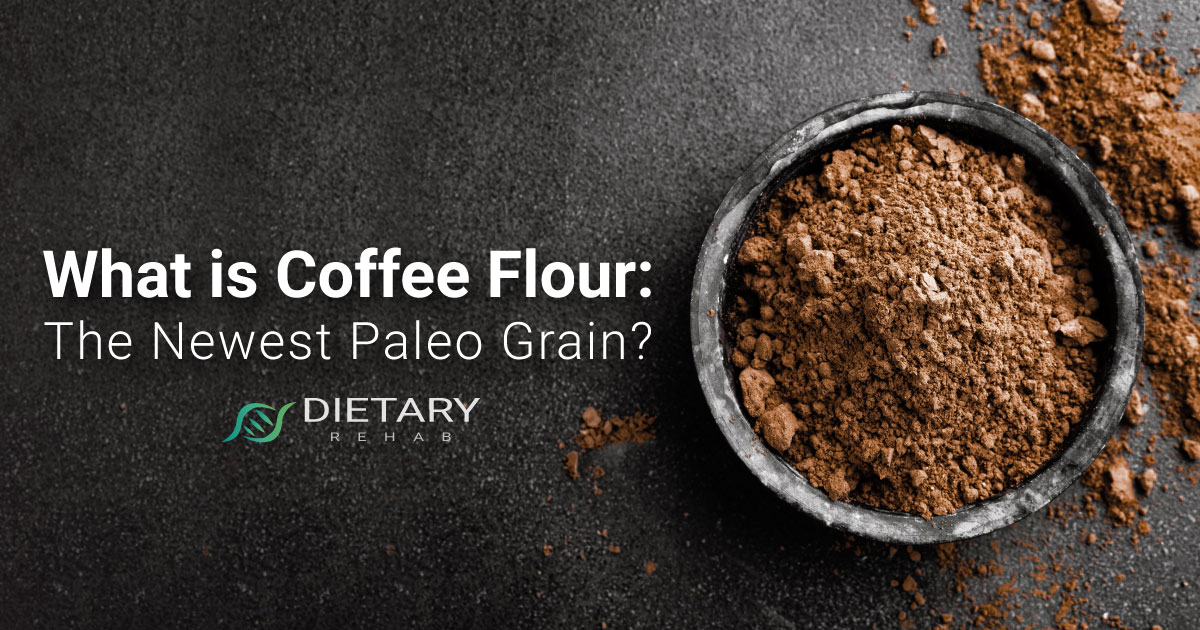 If you bake, you probably know there are many different types of flour. Nut flours like almond and hazelnut offer many of the nutritional benefits found in whole nuts. Oat flour has extra fiber and is gluten-free. Coconut flour is often substituted for white flour in paleo recipes.
If you bake, you probably know there are many different types of flour. Nut flours like almond and hazelnut offer many of the nutritional benefits found in whole nuts. Oat flour has extra fiber and is gluten-free. Coconut flour is often substituted for white flour in paleo recipes. Coffee flour only has 34 calories per serving, but it packs a powerful nutritional punch. Here are some of its health benefits:
Coffee flour only has 34 calories per serving, but it packs a powerful nutritional punch. Here are some of its health benefits: Finding healthier, easier ways to eat with enjoyment is a favorite American pastime. One of the premier diets getting a whole lot of attention is the Mediterranean diet.
Finding healthier, easier ways to eat with enjoyment is a favorite American pastime. One of the premier diets getting a whole lot of attention is the Mediterranean diet. As the Mediterranean diet, followed in its entirety, creates a big picture mapping out a person’s day-to-day behaviors, committing to this program engages a more holistic lifestyle shift. Other diets, due to their temporary nature, do not support long-term use by the participant, setting up a recipe for failure.
As the Mediterranean diet, followed in its entirety, creates a big picture mapping out a person’s day-to-day behaviors, committing to this program engages a more holistic lifestyle shift. Other diets, due to their temporary nature, do not support long-term use by the participant, setting up a recipe for failure.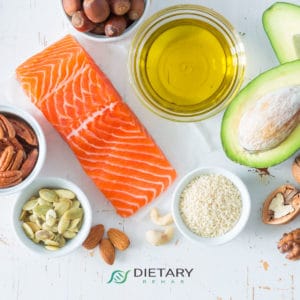
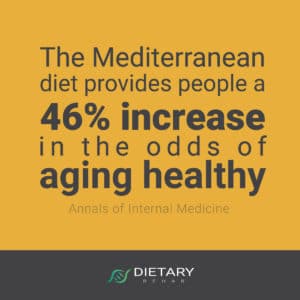 The benefits of living a Mediterranean lifestyle are backed by science. Those who practice this diet regularly realize healthy weight loss while minimizing their risk of heart attack, type 2 diabetes, stroke and early death. In addition, the risk for certain cancers, such as head, neck, prostate and colon, is reduced.
The benefits of living a Mediterranean lifestyle are backed by science. Those who practice this diet regularly realize healthy weight loss while minimizing their risk of heart attack, type 2 diabetes, stroke and early death. In addition, the risk for certain cancers, such as head, neck, prostate and colon, is reduced.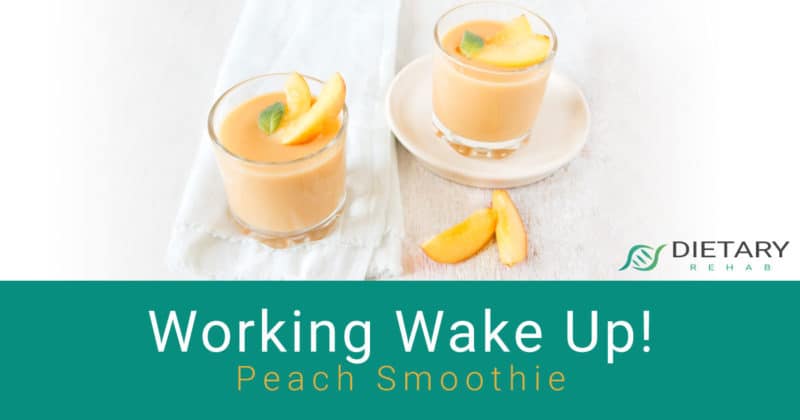 To get a taste of how the Mediterranean diet can make a difference in how you feel, try this:
To get a taste of how the Mediterranean diet can make a difference in how you feel, try this: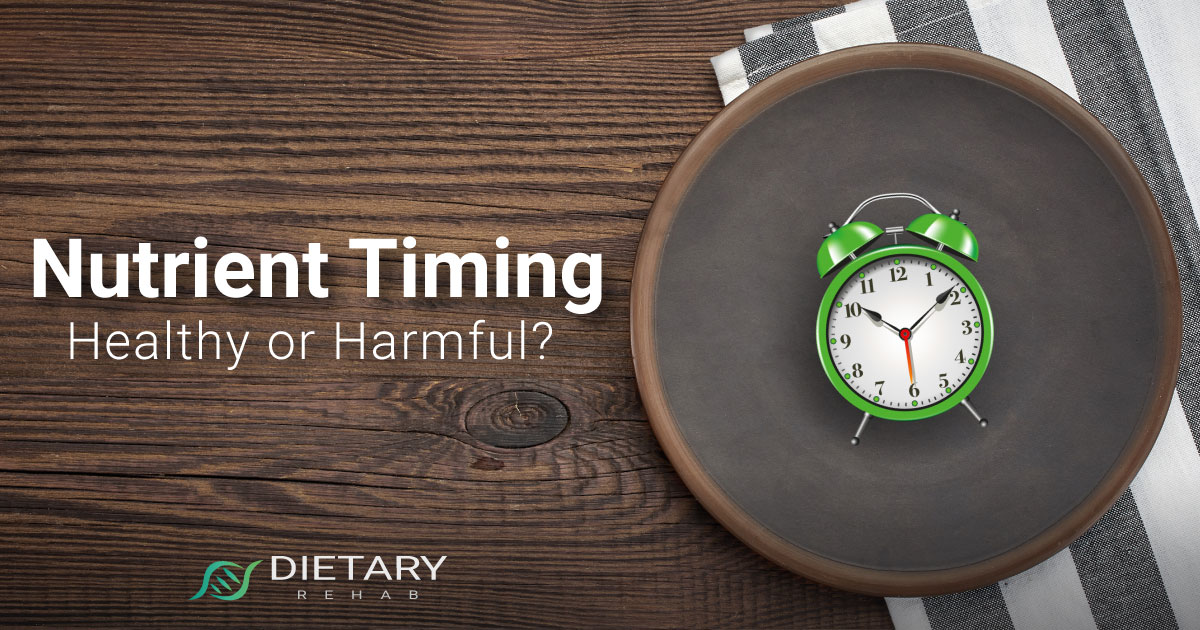
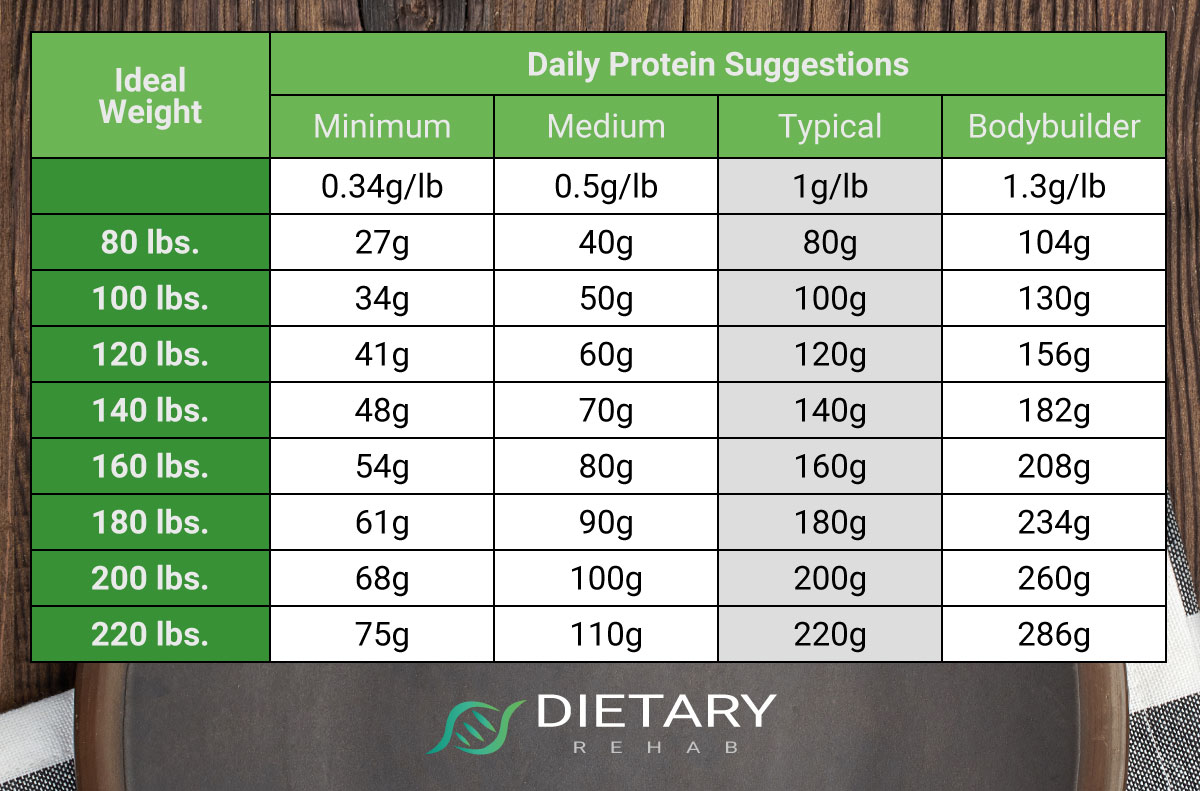
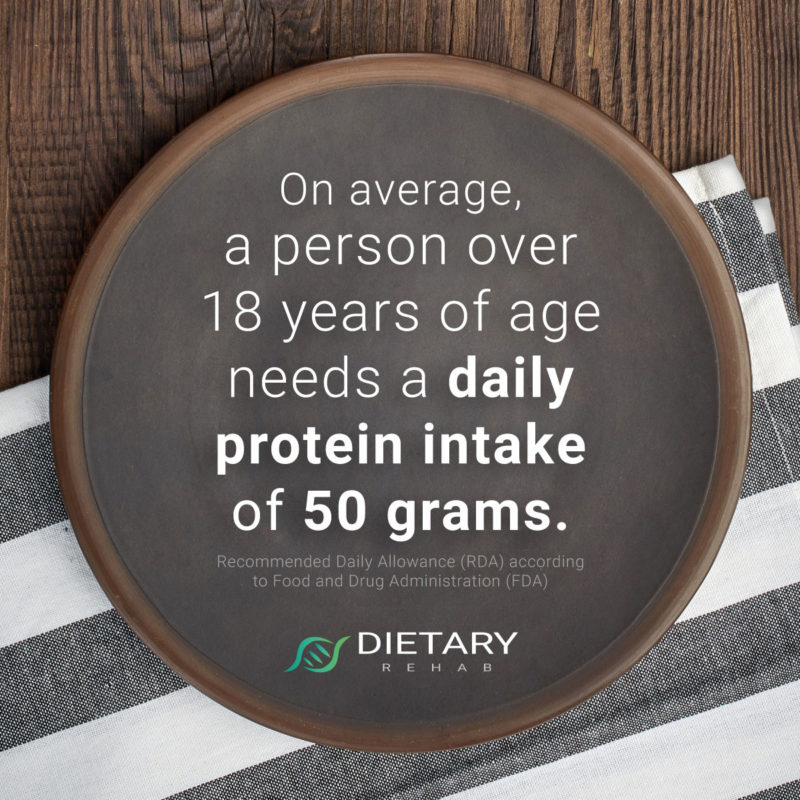 Examine the following when considering entering into a nutrient timing eating plan:
Examine the following when considering entering into a nutrient timing eating plan: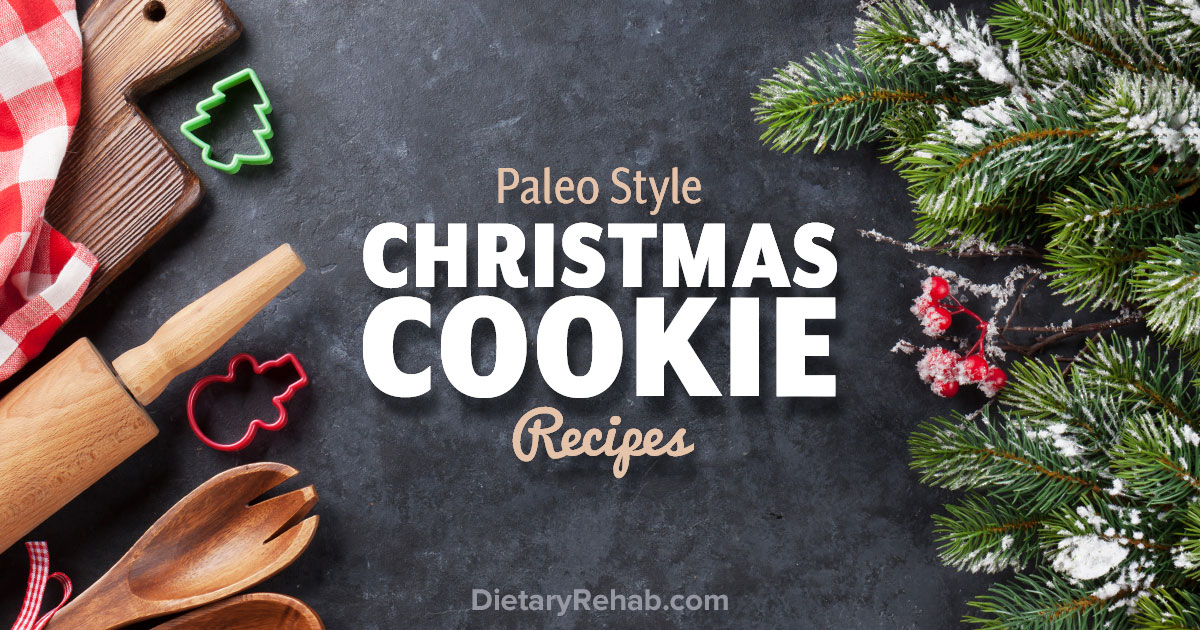





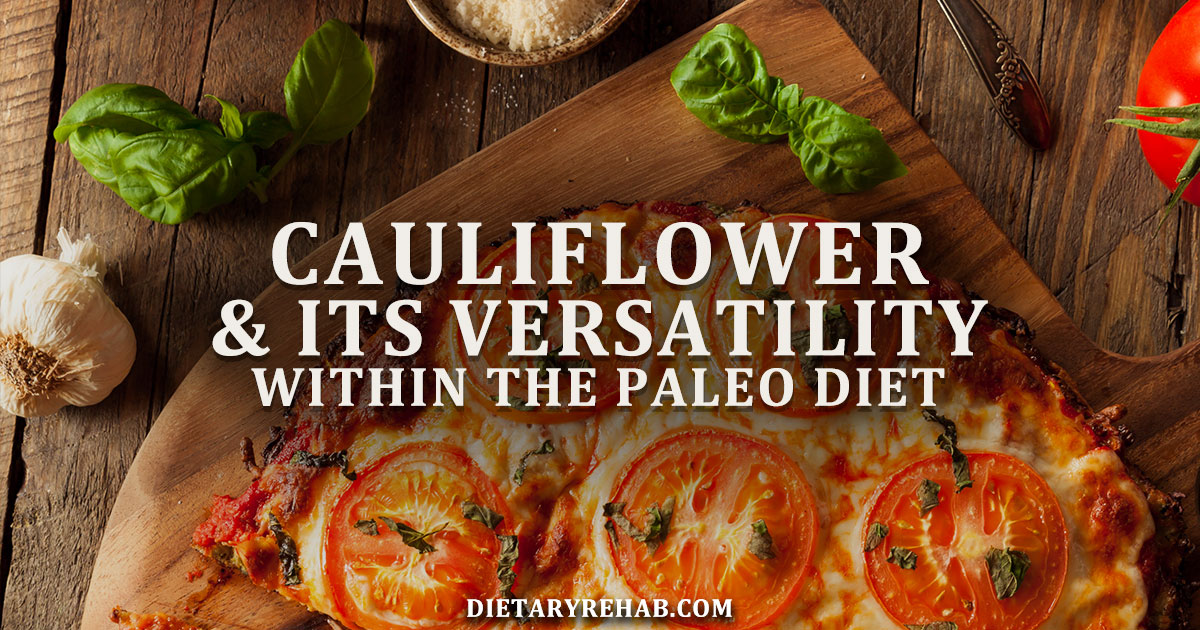 There are chefs and cooks everywhere that have taken the much-maligned cauliflower out from underneath the cheese sauce and given it new life, new recipes and a whole new image! Cauliflower rice, a wonderful alternative to regular rice for the Paleo Diet, as well as cauliflower pizza crust, (yes, you read that right!) for Paleo pizza lovers everywhere! You can roast, bake, boil, mash, stew or even turn it into a hearty soup. Cauliflower is extremely versatile and takes on the flavors of whatever spice or sauce it is around. So many things you can do with it, where do I begin?
There are chefs and cooks everywhere that have taken the much-maligned cauliflower out from underneath the cheese sauce and given it new life, new recipes and a whole new image! Cauliflower rice, a wonderful alternative to regular rice for the Paleo Diet, as well as cauliflower pizza crust, (yes, you read that right!) for Paleo pizza lovers everywhere! You can roast, bake, boil, mash, stew or even turn it into a hearty soup. Cauliflower is extremely versatile and takes on the flavors of whatever spice or sauce it is around. So many things you can do with it, where do I begin?
